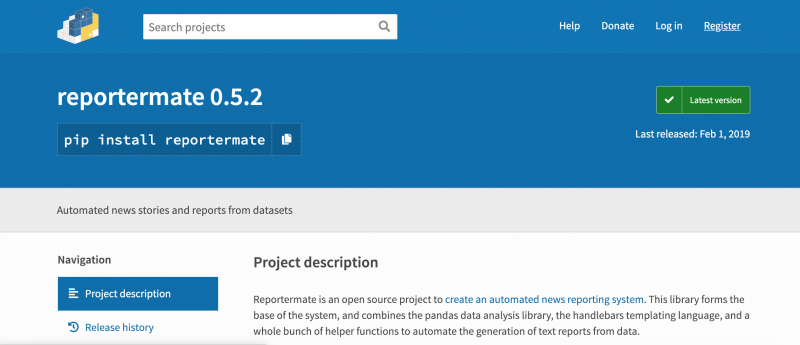How The Guardian created its first article written by a robot
On February 1, The Guardian Australia posted its first article created solely by a robot. Mumbrella’s Zoe Samios chats to the publication’s data and interactives editor, and founder of ReporterMate, Nick Evershed, to understand how it works and the opportunities for automated journalism in future.
If a reader were to flick through Guardian Australia’s website in the last few weeks, they might have noticed a story sitting under the byline, ReporterMate.
It isn’t a glitch. On February 1, the publication launched its first automated story using a robot, otherwise known as ReporterMate. Time pressure can be a journalist’s worst enemy, particularly when there’s a stack of data to churn through.



An algorithm can never take care of the “why”. And that’s what people want to read.
Sadly, the robot’s article has generated numerous legal actions for SJW infractions, too numerous to mention.